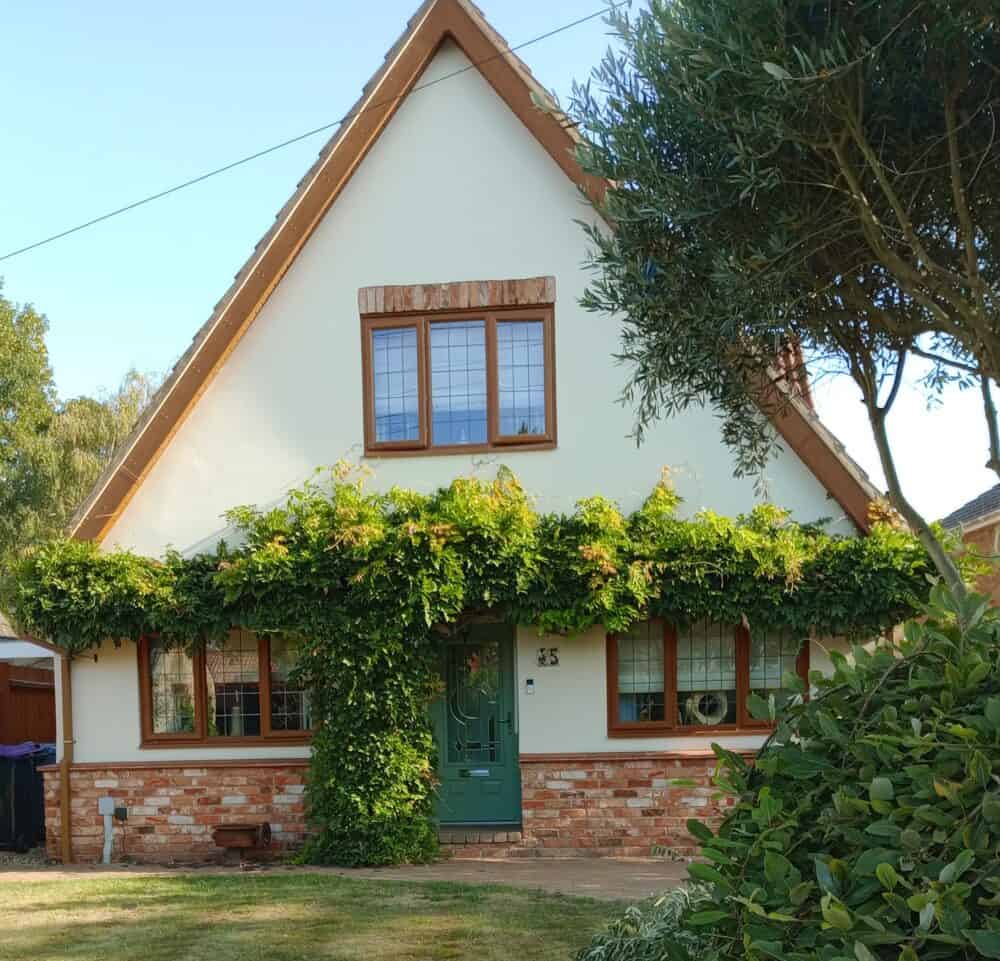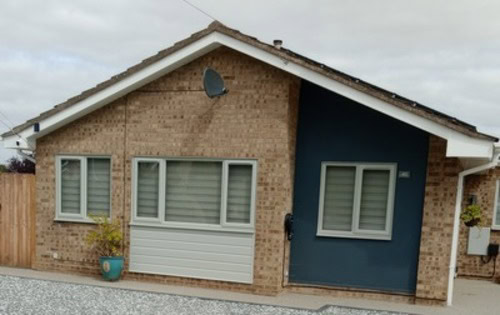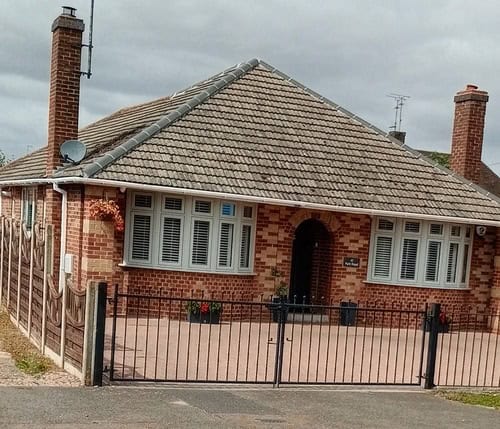Is Brick Render Or Wood Right For Your Next Renovation
Table of Contents
If you are planning a renovation, you might find yourself torn between Brick Render or Wood. Each option comes with its own set of advantages and challenges, making the decision crucial not only for visual style but also for long-term sustainability and maintenance. Did you know that the choice of exterior material can influence your home’s energy efficiency by up to 30%? Let us explore the pros and cons of each material to help you determine, “Is Brick, Render, or Wood Right For Your Next Home Renovation?”
Benefits of Brick in Renovations

When considering the design and durability of your next renovation, is brick the right choice for you? Brick offers an unparalleled blend of timeless elegance and structural integrity that can elevate any space. Its natural thermal properties contribute to energy efficiency, keeping homes cooler in summer and warmer in winter, which can significantly reduce heating and cooling costs over time. Unlike render or wood, which may require regular maintenance or repainting, brick stands the test of time with minimal upkeep, allowing homeowners to enjoy its beauty without the constant worry of deterioration.
Moreover, brick’s versatility in design is often underestimated. Whether you’re aiming for a rustic farmhouse look or a sleek modern design, bricks come in various colors and textures that can be tailored to fit your vision. This adaptability makes it a standout material for your next renovation. The rich character that aged bricks bring can transform a mundane structure into a captivating focal point, adding value and charm that new materials cannot replicate. Embracing brick in your renovation not only enhances the visual appeal but also reinforces the longevity and sustainability of your investment.
Advantages of Rendered Finishes

Rendered finishes also offer a unique blend of style and functional benefits, making them a top contender for your next renovation project. Unlike traditional materials like brick or wood, rendered surfaces provide an opportunity for seamless customization. Homeowners can choose from a variety of textures, colors, and styles that can complement any architectural design, transforming a mundane property into a striking visual statement. This versatility not only enhances curb appeal but also allows for greater creativity in expressing personal style.
Another significant advantage of rendered finishes lies in their durability and maintenance. Unlike wood, which may succumb to rot or insect damage, or brick that can develop cracks over time, render is designed to withstand the elements. Modern rendering materials are often formulated to resist moisture, mold, and UV rays, ensuring longevity and reducing upkeep costs. Furthermore, rendered surfaces can be easily repaired or refreshed with minimal disruption, making them an ideal choice for homeowners looking for both beauty and practicality. In the debate of “Is Brick, Render, Or Wood Right For Your Next Renovation?”, the answer may very well lean towards render for those seeking a stylish yet resilient solution.
The Appeal of Wooden Exteriors

When it comes to choosing the right material for your next renovation, the allure of wooden exteriors stands out in a world dominated by brick and render. Wood exudes a warmth and character that synthetic materials often lack, inviting a sense of connection to nature. Its versatility allows for a myriad of design possibilities, from rustic cabins to sleek modern homes, making it an appealing choice for those looking to create a unique aesthetic. Furthermore, the natural variations in wood grain ensure that each project is truly one-of-a-kind, offering homeowners a chance to express their personal style in ways that brick or render simply cannot.
Wooden exteriors promote sustainability, especially when sourced from responsibly managed forests. This eco-friendly aspect resonates with an increasingly conscious consumer base, encouraging a shift towards materials that not only enhance beauty but also protect our planet. Additionally, wood has excellent insulating properties, contributing to energy efficiency and comfort in your living space, so a great choice.
Comparing Durability and Maintenance Needs
When considering your next renovation, understanding the durability and maintenance needs of materials can significantly influence your decision.
Brick: Brick is often heralded for its longevity, resisting rot and pests while requiring minimal upkeep. Once installed, it can withstand harsh weather conditions without the need for frequent repairs or repainting, making it a strong contender for those seeking a low-maintenance solution.
Render: In contrast, render offers a sleek aesthetic but demands more attention over time. While it can be quite durable when properly applied, it may require periodic re-coating to maintain its appearance and protect against moisture infiltration.
Wood: Wood, though undeniably warm and inviting, presents a unique set of challenges; it necessitates regular treatments to prevent decay and insect damage. Ultimately, the choice between brick, render, or wood hinges not just on visual appeal but also on how much time and effort you’re willing to invest in maintenance down the line.
Visual Style Considerations for Each Material


When considering whether brick, render, or wood is right for your next renovation, it’s essential to recognize how each material communicates a distinct visual language.
Brick: Brick exudes a timeless charm, often associated with rustic aesthetics and urban sophistication. Its rich textures and earthy hues can create a warm, inviting atmosphere that resonates with both traditional and contemporary designs. Incorporating patterns or varying sizes can further enhance its visual appeal, making it not just a structural element but a statement piece in your renovation.
Render: Render offers a sleek, modern finish that can dramatically transform the facade of your home. It provides an opportunity for creativity with colors and finishes that range from matte to glossy, allowing you to tailor the look to your personal style. This versatility can create a minimalist vibe or a more eclectic feel, depending on your choices.
Wood: Wood introduces warmth and organic beauty into the equation, bridging indoor and outdoor spaces effortlessly. The natural grain and color variations lend character to any design, while treatments like staining or oiling can enhance durability without compromising the visual effect.
Cost Analysis
When contemplating your next renovation, understanding the cost implications of materials is crucial.
Brick: Brick offers durability and low long-term maintenance costs, making it a wise investment for homeowners seeking longevity. However, the initial outlay can be higher due to labor-intensive installation processes.
Render: Conversely, Render can provide a stunning modern look to the property with a lower upfront cost, but it may require more frequent upkeep to combat weathering and cracking, particularly in harsh climates.
Wood: Wood, while celebrated for its natural beauty and versatility, often presents a mixed bag in terms of costs. The price can fluctuate based on the type of wood selected, and while treated options can offer resistance to rot and pests, they still demand regular maintenance to preserve their integrity. Balancing initial costs with future maintenance will ensure that your investment aligns with both your visual preferences and practical needs.
Environmental Impact of Each Option

When considering the environmental impact of your renovation materials, it’s essential to weigh the sustainability of Brick, Render, and Wood.
Brick: Brick is often touted for its durability and thermal efficiency, but its production process is energy-intensive and can contribute significantly to carbon emissions. However, once in place, bricks can last for centuries with minimal maintenance, which can mitigate their initial environmental costs over time. Recycled bricks present an eco-friendly alternative, allowing you to reduce waste and lower your carbon footprint while achieving a classic aesthetic.
Render: Render provides a versatile finish that can be applied to various substrates, but its environmental credentials depend on the type of materials used. Traditional cement renders can be resource-heavy and may contribute to greenhouse gas emissions during production. Yet, newer formulations incorporating natural lime or recycled materials offer a more sustainable option that enhances breathability and reduces energy consumption in buildings.
Wood: Wood stands out as a renewable resource, provided it comes from sustainably managed forests; it has a lower embodied energy compared to brick and render. However, the sourcing practices and lifecycle management of wood are crucial — overharvesting can lead to deforestation and biodiversity loss. Ultimately, choosing the right material is a commitment to sustainability and responsible consumption.
Conclusion
To wrap up, the decision between Brick, Render, or Wood for your renovation is not one-size-fits-all; it requires careful consideration of both functionality and style. Ultimately, your choice should align with your lifestyle and the overall look you wish to achieve. Don’t hesitate to reach out to experts in the field to guide you through this important decision-making process.



